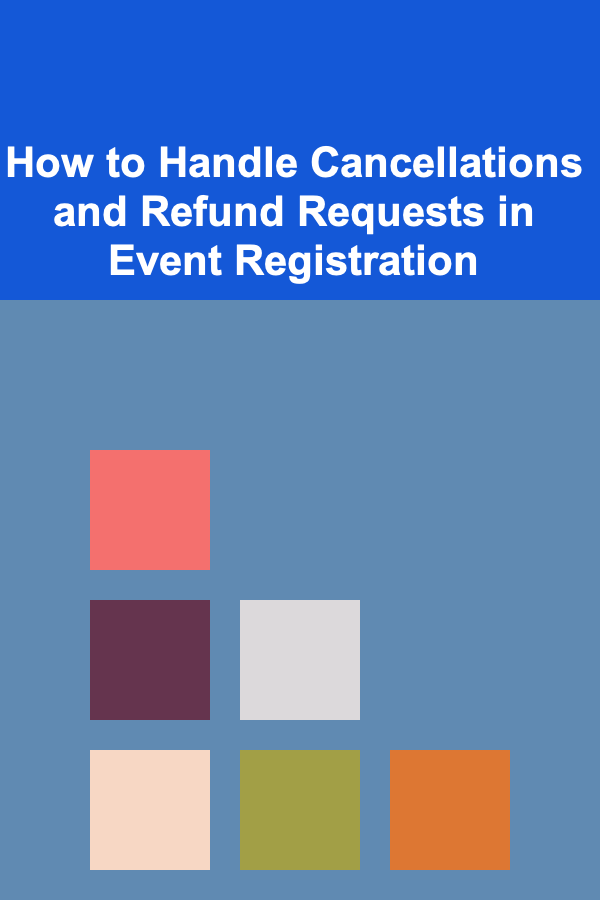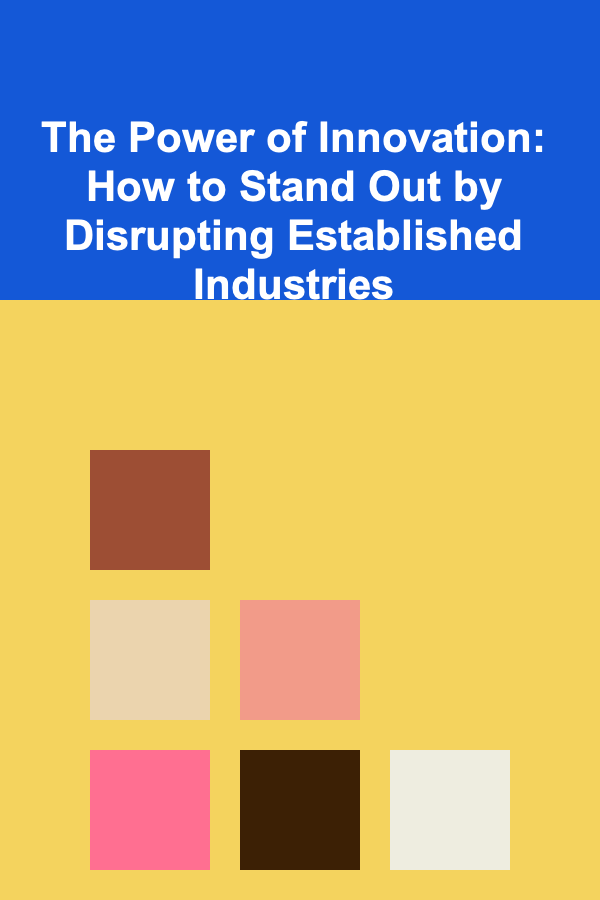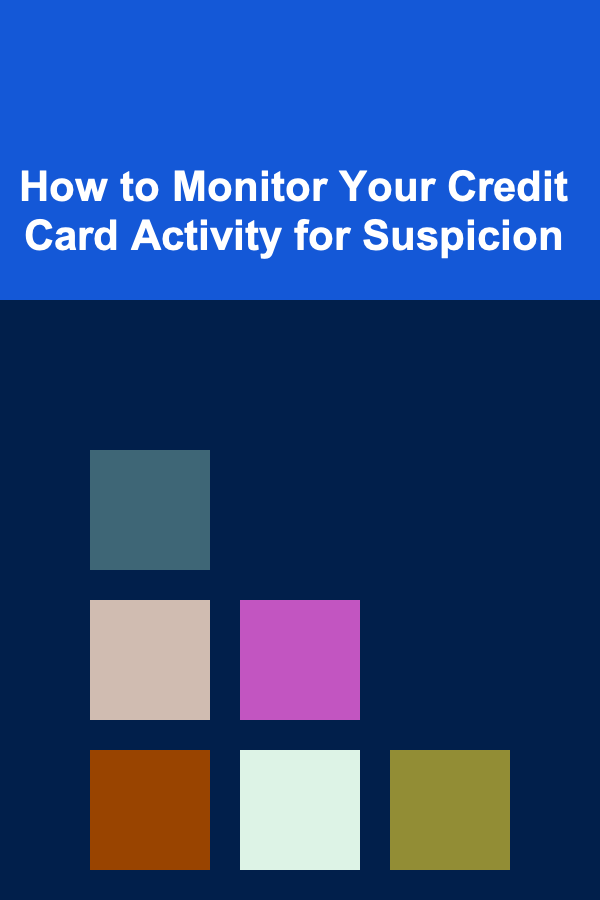
How to Use a Book Reading Planner for Genre Exploration
ebook include PDF & Audio bundle (Micro Guide)
$12.99$6.99
Limited Time Offer! Order within the next:
Not available at this time

Exploring new genres is one of the most rewarding aspects of being a book lover. It allows you to expand your reading horizon, understand diverse literary styles, and discover new worlds. However, navigating the vast landscape of genres can sometimes feel overwhelming, especially when faced with so many options. This is where a book reading planner can be a game-changer. It serves as an organized tool to track your reading goals, explore different genres, and analyze your reading habits.
A book reading planner is more than just a tool to help you finish books---it's an essential guide to curating a diverse reading experience. In this guide, we'll explore how to use a book reading planner for genre exploration, diving deep into how to structure it, make the most of your planner, and develop a reading routine that encourages growth and enjoyment.
Why Use a Book Reading Planner?
Before diving into genre exploration, it's important to understand why using a reading planner is so beneficial. Here are a few key reasons:
- Organization: A book reading planner helps you organize your books, reading goals, and genres, making it easier to keep track of your progress.
- Diverse Selection: It encourages you to explore a variety of genres, ensuring that your reading experience remains fresh and exciting.
- Personalized Approach: You can tailor the planner to your preferences, setting goals that align with your unique reading tastes and interests.
- Reflection: A planner allows you to reflect on your reading journey, jotting down thoughts, reviews, and experiences for each book.
Using a book reading planner for genre exploration means actively curating your reading list in a way that pushes you beyond your comfort zone and challenges your literary boundaries.
Step 1: Set Clear Genre Exploration Goals
The first step in using a reading planner for genre exploration is to set specific, measurable, achievable, relevant, and time-bound (SMART) goals. These goals will guide your reading journey, helping you achieve a balance between your preferred genres and those that are unfamiliar.
Example Genre Exploration Goals:
- Try a New Genre Every Month: If you typically read fiction, you might challenge yourself to read one non-fiction, historical fiction, or fantasy book each month.
- Read One Book from Each Literary Genre: Set a goal to read at least one book from every major literary genre over the course of the year, including mystery, science fiction, fantasy, historical fiction, poetry, and memoirs.
- Explore Cross-Genre Books: In addition to exploring single genres, you might want to read books that blend multiple genres, such as fantasy thrillers or science fiction mysteries.
Setting these kinds of goals will allow you to prioritize genres that you might not typically gravitate toward while also enabling you to maintain a balanced reading schedule.
Step 2: Categorize Genres in Your Planner
A reading planner is essentially a roadmap for your reading journey. To get the most out of it, categorize your genres and assign different sections to each. This step is essential for tracking your genre exploration progress, ensuring that you don't fall into the trap of reading the same type of books repeatedly.
How to Categorize Genres:
- Traditional Literary Genres: These include classic genres like fiction, non-fiction, mystery, historical fiction, romance, fantasy, and science fiction.
- Sub-Genres: Within each of the traditional genres, you may have various sub-genres such as cozy mysteries, dystopian fiction, epic fantasy, or literary non-fiction. These will help you get more specific with your reading.
- Cross-Genres: Some books combine elements from multiple genres. For example, a book that is both a fantasy and a mystery could be categorized as a "fantasy mystery."
- Emerging and Niche Genres: These are newer or less conventional genres, such as speculative fiction, slipstream, or cli-fi (climate fiction). Including these genres will expand your literary range.
As you begin filling out your planner, you can color-code or use symbols to differentiate between the various genres. This visual representation will make it easier to see where you're focusing your energy and which genres need more attention.
Step 3: Plan Your Reading Schedule
One of the main benefits of a book reading planner is the ability to structure your reading schedule. The more planned and intentional you are about your genre exploration, the more likely you are to stick with your reading goals.
Tips for Structuring Your Genre Reading Schedule:
- Balance Familiar and New Genres: Set aside time each month for your go-to genres while also making space for new genres. For example, if you love historical fiction, you might plan to read two historical novels a month but add one book from a new genre, such as science fiction or graphic novels.
- Mix It Up: Plan your reading schedule so that you aren't reading similar books back-to-back. If you're tackling a heavy historical fiction novel, balance it with a lighter romance or young adult book.
- Seasonal Themes: Some genres work well with certain times of the year. For instance, horror novels are perfect for reading in the fall, while summer is ideal for reading light beach reads or contemporary fiction.
- Reading Challenges: Include reading challenges in your planner. Challenges like "read a book by an author from a different country" or "read a genre you've never tried before" can push you to explore new literary terrains.
Creating a calendar or timetable for your genre exploration helps maintain a sense of balance and discipline, ensuring that you're consistently working toward your reading goals.
Step 4: Track Your Progress
A key feature of any reading planner is the ability to track your progress. For genre exploration, this tracking mechanism will help you evaluate how well you are sticking to your genre goals, allowing you to make adjustments if necessary.
Methods for Tracking Genre Exploration:
- Genre Tracking Chart: Create a table or a simple chart in your planner to log the genres you've read. Each time you finish a book, mark it with the genre you read. Over time, you can analyze which genres you've explored and which ones you still need to try.
- Progress Log: In addition to tracking your genre types, use a log to note how you felt about each genre or book. This can include your ratings, thoughts, and takeaways from the book.
- Visual Progress: Add visual elements like pie charts or graphs to see the percentage of genres you've explored. This can be a fun and motivating way to stay on track.
Tracking your progress doesn't just help you stay accountable; it also allows you to reflect on how your reading tastes have evolved. You may find that you enjoy a genre you once thought was not for you, or you may discover that certain genres are not as appealing as you anticipated.
Step 5: Reflect and Adjust
At regular intervals, it's important to take a step back and reflect on your genre exploration journey. This reflection will help you understand what worked, what didn't, and where you want to go next.
Questions to Reflect On:
- What genres did I enjoy the most?: Take note of genres that resonated with you. Were there certain themes, writing styles, or settings that you found captivating?
- Which genres did I struggle with?: Reflect on genres that felt challenging or less enjoyable. Were they too complex, or did the themes not resonate with you? Don't be discouraged---every book contributes to your literary journey.
- Have my reading preferences changed?: Sometimes, a deep dive into a new genre can change your overall reading preferences. If you find yourself leaning more toward thrillers than romance, that's valuable insight for future reading plans.
- What genres do I want to explore further?: After completing your genre exploration, decide which genres you want to dive deeper into. Do you want to read more science fiction? Or perhaps you want to explore the world of non-fiction in more depth?
By adjusting your reading schedule based on these reflections, you ensure that your genre exploration remains fresh and aligned with your interests.
Step 6: Share Your Journey
Once you've gained some experience with genre exploration, share your journey with others. This can be a great way to exchange recommendations, learn about new books, and get feedback on your own reading experience. You could:
- Write reviews or blog posts: Share your thoughts on the genres you've explored and recommend books to others.
- Join book clubs or online communities: Participate in book discussions to exchange insights and recommendations.
- Track your journey on social media: Share your progress, books, and reflections on platforms like Instagram, Goodreads, or YouTube.
Not only does this help you engage with others, but it also reinforces the joy of discovering new genres and learning about different literary forms.
Conclusion
Using a book reading planner for genre exploration is an exciting and rewarding way to expand your reading horizons. By setting clear goals, categorizing genres, structuring your reading schedule, tracking progress, and reflecting on your journey, you can cultivate a well-rounded and diverse reading experience. Whether you are a seasoned bookworm or a novice reader, genre exploration with the help of a planner can open up a world of literature waiting to be discovered.
Embrace the adventure and let your reading planner guide you through new genres, enhancing your love for books and literature in ways you never thought possible!

How to Handle Cancellations and Refund Requests in Event Registration
Read More
How to Light a Dark Room Without Overpowering the Space
Read More
The Power of Innovation: How to Stand Out by Disrupting Established Industries
Read More
How to Use CorelDRAW for Graphic Design Projects
Read More
How to Monitor Your Credit Card Activity for Suspicion
Read More
10 Tips for Healthcare Administrator Career Advancement
Read MoreOther Products

How to Handle Cancellations and Refund Requests in Event Registration
Read More
How to Light a Dark Room Without Overpowering the Space
Read More
The Power of Innovation: How to Stand Out by Disrupting Established Industries
Read More
How to Use CorelDRAW for Graphic Design Projects
Read More
How to Monitor Your Credit Card Activity for Suspicion
Read More